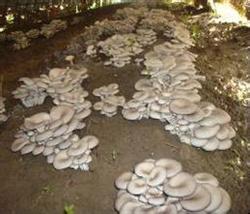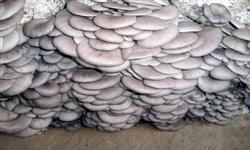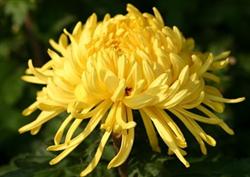Miscellaneous bacteria harming Pleurotus ostreatus and its control

All aspects of Pleurotus ostreatus production may be contaminated by miscellaneous bacteria and must be prevented in time. The common miscellaneous bacteria are mainly as follows: 1. Most of the bacteria occur on the slope of the mother species, and the harm of the original species and cultivated species is relatively light. Bacterial contamination is characterized by rapid reproduction, which can be shown in 10 to 24 hours after inoculation. Prevention and control methods: first, vaccination tools must be wiped with alcohol and sterilized with flame. Second, the sterilization of culture medium should be carried out in accordance with the regulations. 2. Penicillium and Trichoderma damage are common in original and cultivated species. Soon after invasion, it germinated and grew into hyphae, covering the surface of the culture medium. Trichoderma occurs in the fruiting body formation stage. When these two kinds of miscellaneous bacteria appear, they should be dug up in time. 3. Alternaria is most likely to produce Alternaria and produce a large number of orange-red powdery spores in the summer high temperature season. Strains contaminated by Alternaria should be eliminated in time; bottles should be thoroughly cleaned and soaked in 0.05% potassium permanganate water, or steamed and sterilized before use.
- Prev

Pleurotus ostreatus can be cultivated by two-stage mushroom production method.
Symptoms of Pleurotus ostreatus: the development and growth of the mushroom was slow, and particles or tumor-like protrusions appeared on the cover. When the disease is serious, the cap is stiff, the mushroom is hardened, and the mushroom body stops growing and developing. Prevention and treatment: select medium and low temperature varieties for cultivation, strengthen greenhouse heat preservation and warming measures, and control the temperature of mushroom production in greenhouse. Usually.
- Next

How to make chrysanthemums blossom all the year round
Chrysanthemums, except summer chrysanthemums, are short-day plants. If chrysanthemums are to bloom all year round, they can form flower buds and bloom as long as they are properly shaded and given less than 10 hours of light every day for 60-70 days in a row. 1. May Day blossoms. Keep 3-5 strong buds of autumn chrysanthemum in indoor maintenance, after mid-January.
Related
- Fuxing push coffee new agricultural production and marketing class: lack of small-scale processing plants
- Jujube rice field leisure farm deep ploughing Yilan for five years to create a space for organic food and play
- Nongyu Farm-A trial of organic papaya for brave women with advanced technology
- Four points for attention in the prevention and control of diseases and insect pests of edible fungi
- How to add nutrient solution to Edible Fungi
- Is there any good way to control edible fungus mites?
- Open Inoculation Technology of Edible Fungi
- Is there any clever way to use fertilizer for edible fungus in winter?
- What agents are used to kill the pathogens of edible fungi in the mushroom shed?
- Rapid drying of Edible Fungi

